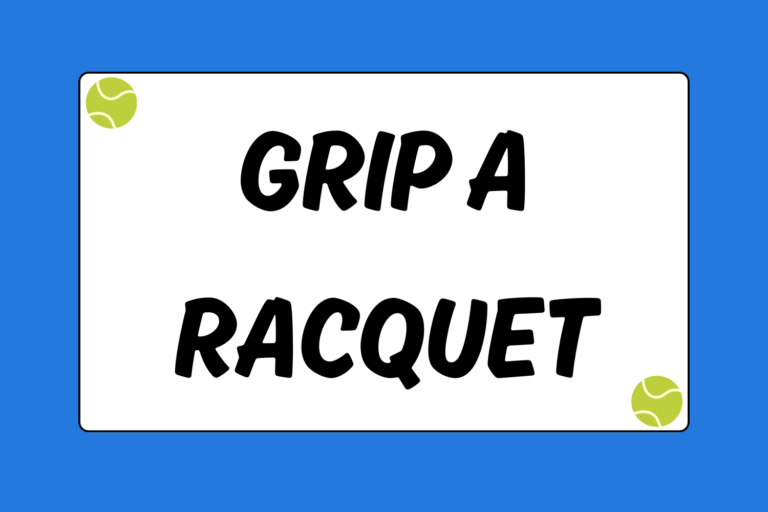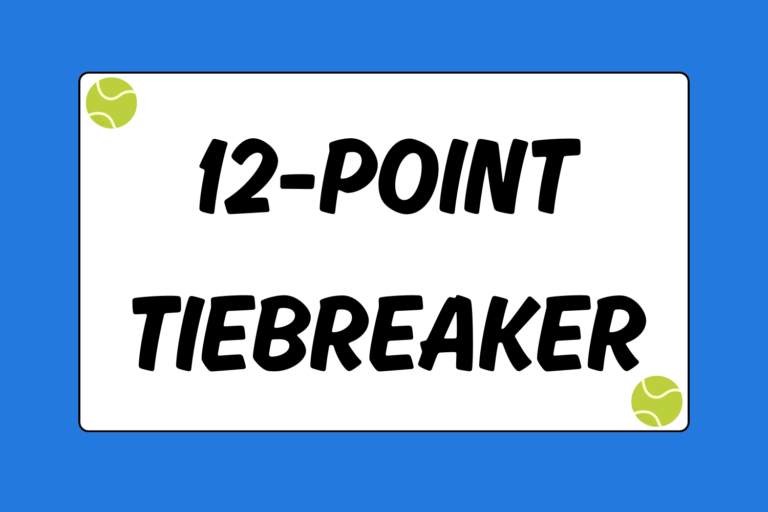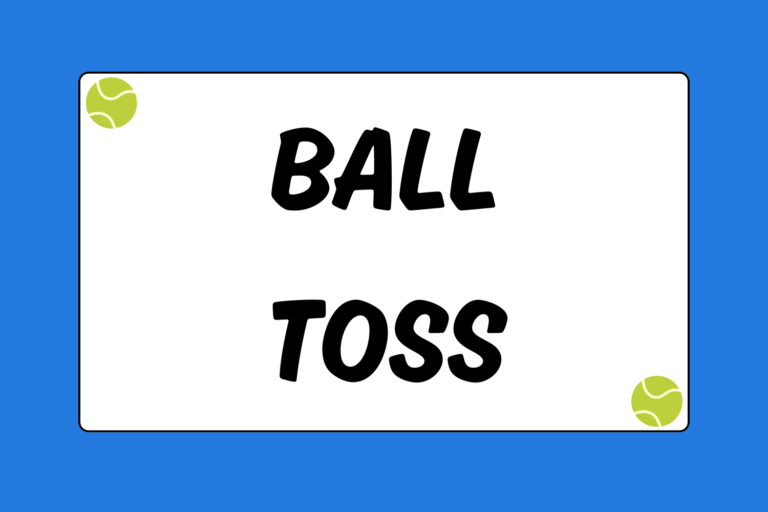Developing a consistent topspin serve is the key to becoming a competitive tennis player. Unless you’re comfortable with your second serve and believe that your opponents won’t ever be able to consistently attack with an aggressive return, you need to learn how to serve with topspin.
Most professional players use topspin on their second serve, but topspin can also be effective for first serves at the recreational level. With topspin, you can serve over 100 miles per hour (161 km/hour), while clearing the net at a safe height and consistently keeping the ball in play. Without topspin, however, the server has to come dangerously close to the net in order to ensure that the ball stays in the service box.
The topspin serve is difficult to learn. Compared to other basic tennis serves, you toss the ball in a different location, strike the ball at an unusual angle, and use a different grip. If you are new to the game, it might be beneficial to work on fine-tuning your slice and flat serves before tackling topspin serves. However, your game will have a major hole and your second serve will never be fully effective if you plan on overlooking topspin serves altogether.
The Grip
The grip is extremely important when trying to execute a topspin serve as it helps generate the needed spin for a successful serve. The Continental grip maximizes the “brushing” effect that you put on the ball when you strike the back of it, which produces topspin. If you are unfamiliar with this grip style, please refer to the guide, “How to Grip Your Tennis Racquet.”
The Ball Toss
The ball toss is perhaps the most important step for hitting a topspin serve, and it will always be thrown with your non-dominant hand. An inaccurate toss sacrifices both the control of your serve and the amount of topspin you generate. For a flat serve, you generally try aiming your toss so the ball would land on the shoulder of your dominant hand. On a topspin serve, however, you position the ball farther back and slightly to the left (for righties) in a location directly above or slightly behind your head. You don’t want to toss the ball so high that it disrupts your rhythm, but you need to toss the ball high enough that your arm is fully extended when you make contact with the ball. To learn more about the ball toss, please refer to the guide, “Perfecting the Tennis Ball Toss.”
The Swing
Begin your swing at the same time as your toss. You should bring your racquet back in unison with your non-dominant hand as it throws the ball in the air. Your body should be turned sideways to the court, but not so extreme that your feet are parallel to the baseline. As you toss the ball, transfer your weight from your front foot to the back foot and arch your back.
Your swing should flow in a sideways direction, almost parallel to the baseline, rather than forward towards the net. This step cannot be stressed enough: Topspin serves veer away from the traditional serve where you swing in a straight ahead, towards-the-net motion. Imagine that you are hammering a nail into the ceiling, and your tennis racquet is the hammer. This exercise emphasizes the upwards motion that your dominant hand and racquet need to be making — you aren’t swinging down on the ball, you’re swinging up. You want to brush the back of the ball while striking it in an upwards motion.
As you bring your racquet up to meet the ball, accelerate your racquet head up and over the ball to generate the desired topspin. The motion should be fluid, so don’t tense up or shorten your stroke.
Hot Tip: Crank Up the Speed
Your racquet head needs to be moving faster for topspin serves as compared to other serves because of the upward motion you take when you brush up on the ball. The faster you swing, the more topspin you can generate, but this swing takes a lot of practice to master. Start off slow, and gradually build up your racquet speed as you grow more comfortable.
Tips
Before you start working on your swing technique, keep in mind the following suggestions:
- Line up at the baseline with your non-dominant shoulder pointing towards the target. Turn your head sideways to face the net, and have your feet parallel to your shoulders.
- Don’t drop your non-dominant arm. Many players drop their arm after they toss the ball, but this is a critical mistake. Your shoulder and head will follow in the direction of your arm, so keep that arm pointed up and your chest square to the ball as you swing.
- Bend your knees and load up on your back foot as you toss the ball. You generate power from your legs, so bend your knees and explode up and at the ball as you swing.
- Don’t worry about spraying balls all over the court. Most players really struggle while learning topspin serves, and it’s not uncommon for balls to soar onto adjacent courts. You will become more comfortable with the stroke over time, so keep practicing.
- It’s a good sign if you’re consistently hitting the ball long. Serving the ball long is an indication that you are learning how to control the ball, but you might need to use more spin in order to make the ball dive downward and into the service box.
Practice with Persistence
There is nothing more frustrating than missing serve after serve, especially when the balls are landing in the service box on the court next to you. Try not to worry yourself with where the ball initially ends up. It’s more important that you focus on proper mechanics and to familiarize yourself with the stroke. Over time, you will see the benefits of your hard work — just know that you’ll have to go through hundreds, possibly thousands, of balls before you can consistently keep your serve in play.





